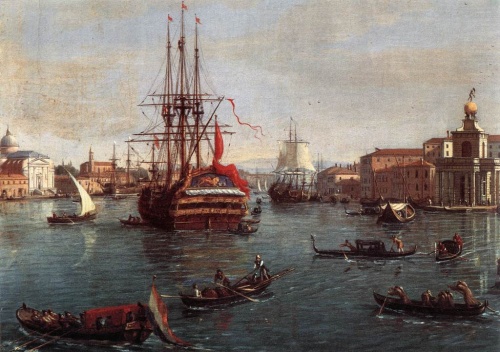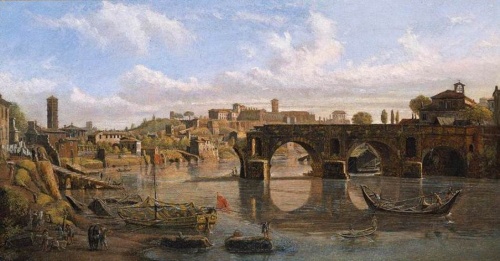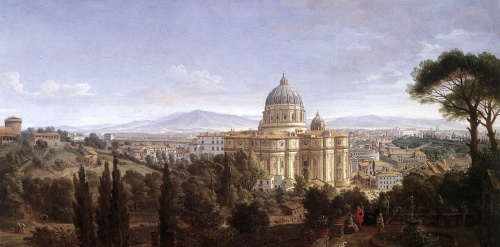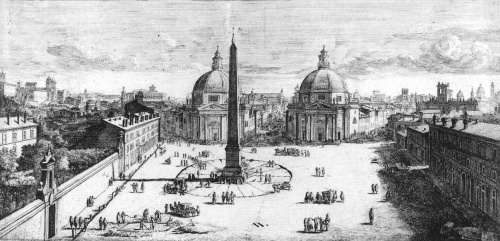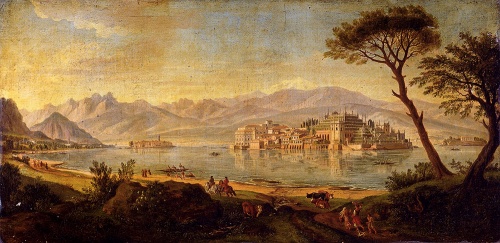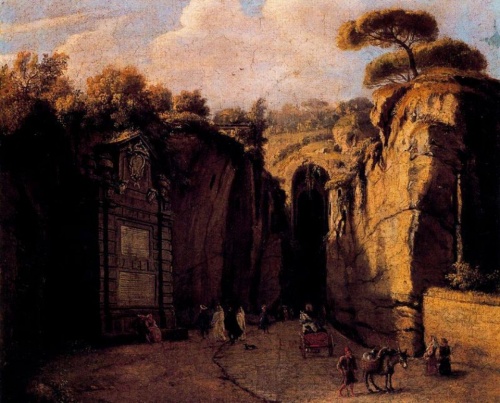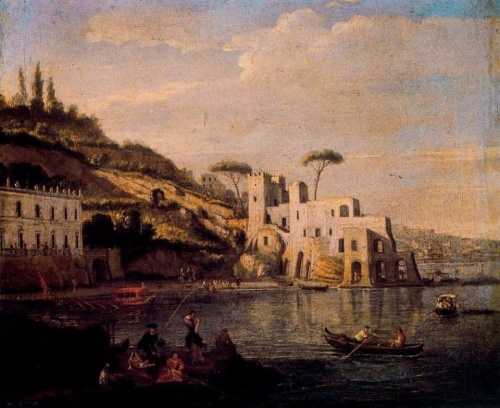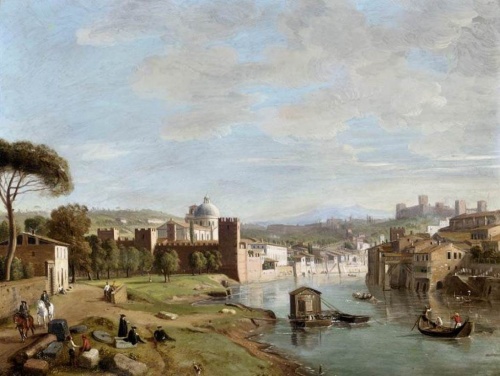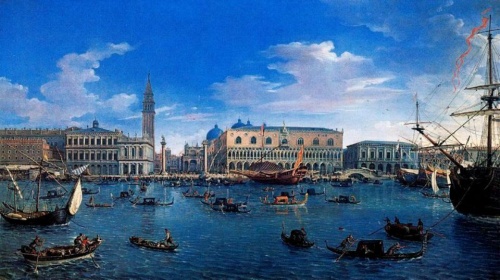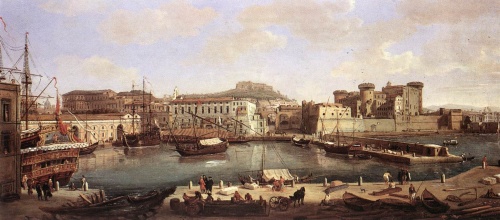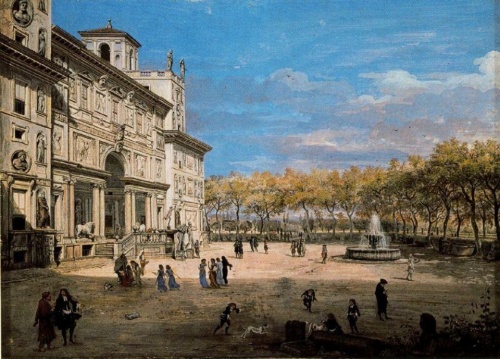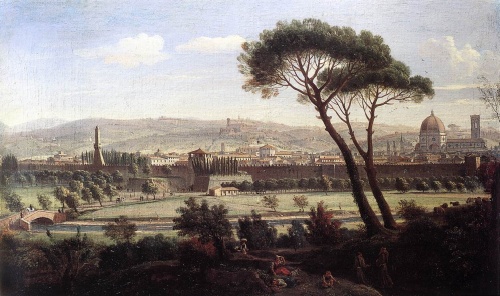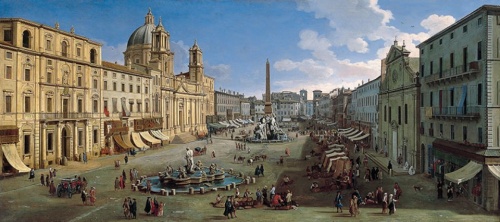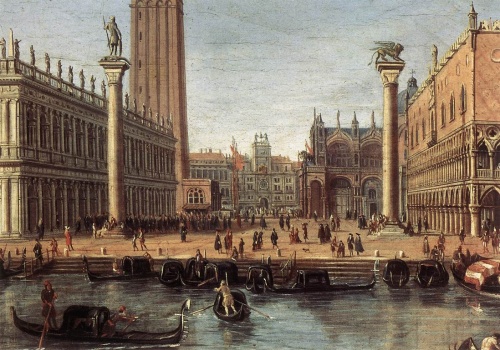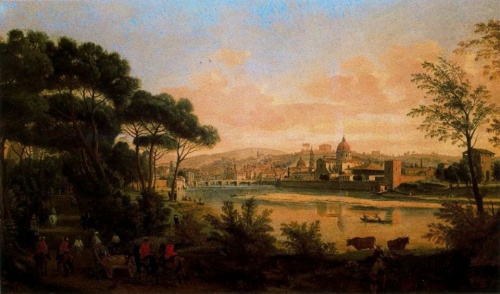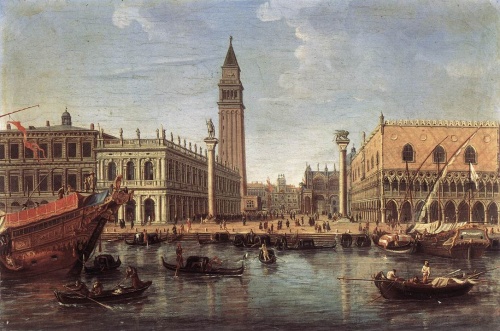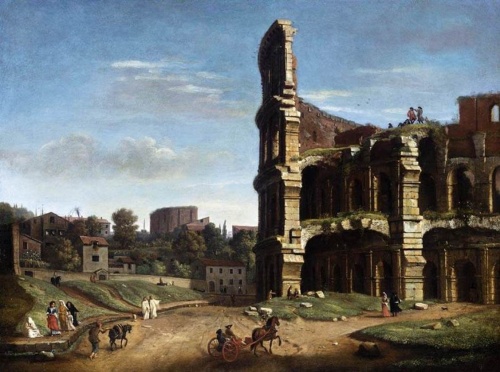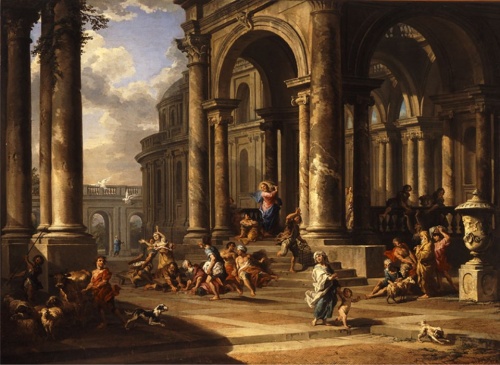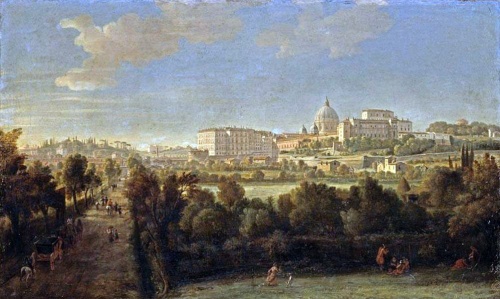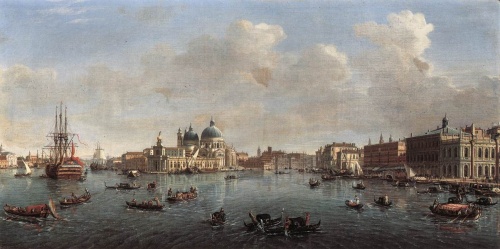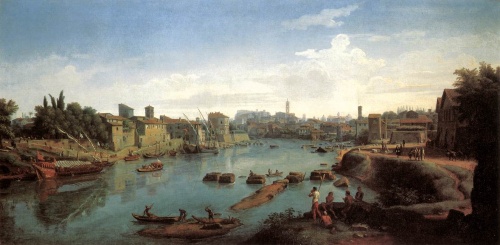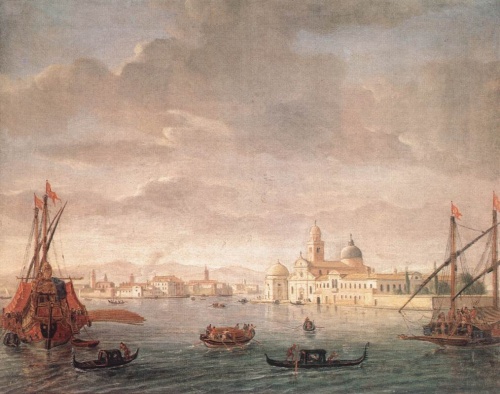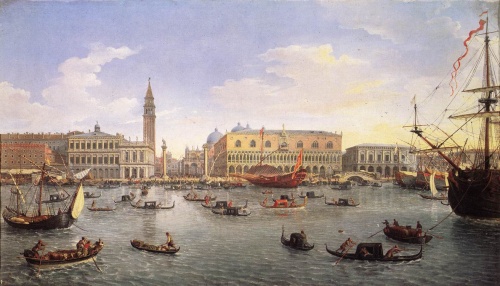Caspar Andriaans van Wittel (1653 - 1736) (26 works)
Разрешение картинок от 960x427px до 1312x752px
VAN VITTEL (Vanvitelli), Gaspard
(Van Wittel, Gaspar)
1653, Amersfoort - 1736, Rome. Italian painter of Dutch origin. One of the founders of the vedata genre, who worked in Rome. Born in Amersfoort near Utrecht. From 1675 he lived in Italy, traveling to Lombardy (1690-1691), Florence, Bologna, Verona, Naples (1694-1695). He was influenced by the painter from Amsterdam van der Eijden, who painted views of the cities of Holland. In Italy he continued to study vedova, giving it a special Italian flavor. He was fascinated by the nature of this country, the light of the Mediterranean sun, ancient monuments, and their special life in the surrounding landscape. His wide panoramic views also revealed his talent as a set designer. He performed vedats based on drawings carefully “taken” from life, preserving real details and sometimes introducing fictitious ones into them; he loved to repeat his works, introducing some changes into them. His paintings and graphic works met the needs of collectors and tourists. The artist, however, began to work in the gouache technique, and in 1680-1685 among his works there were only six, executed in oil. But by 1686 he had already mastered the technique of oil painting.
Roman monuments and architectural rarities of the cities of “Little Italy” occupy a central place in Van Wittel’s paintings. Luigi Lanzi called Van Wittel "the painter of modern Rome." In Rome he was nicknamed "Gaspare degli occhiali" ("Bespectacled Gaspare"). Van Wittel depicted with equal love the ancient, Renaissance, and Baroque monuments of Rome, immersing them in the greenery of gardens, the spaces of squares, surrounding them with silvery light. Van Wittel's works are invaluable material for restoring the appearance of monuments and corners of the Eternal City that have undergone changes to date (for example, port facilities on the Tiber that have disappeared forever). Van Wittel's works provided the impetus for the flourishing of the vedute in Rome and Venice; his most significant followers were J. P. Pannini and Canaletto.
